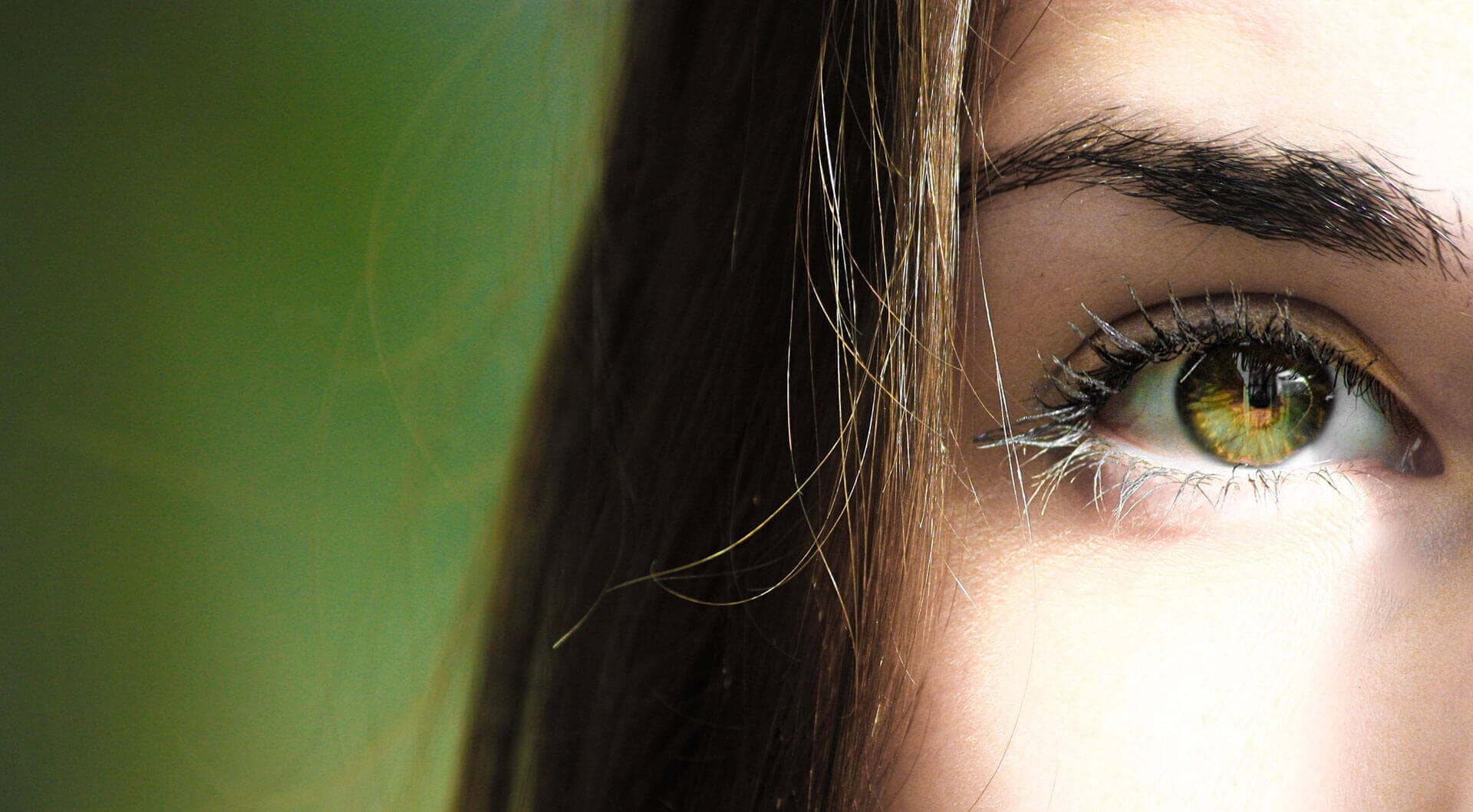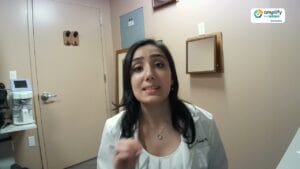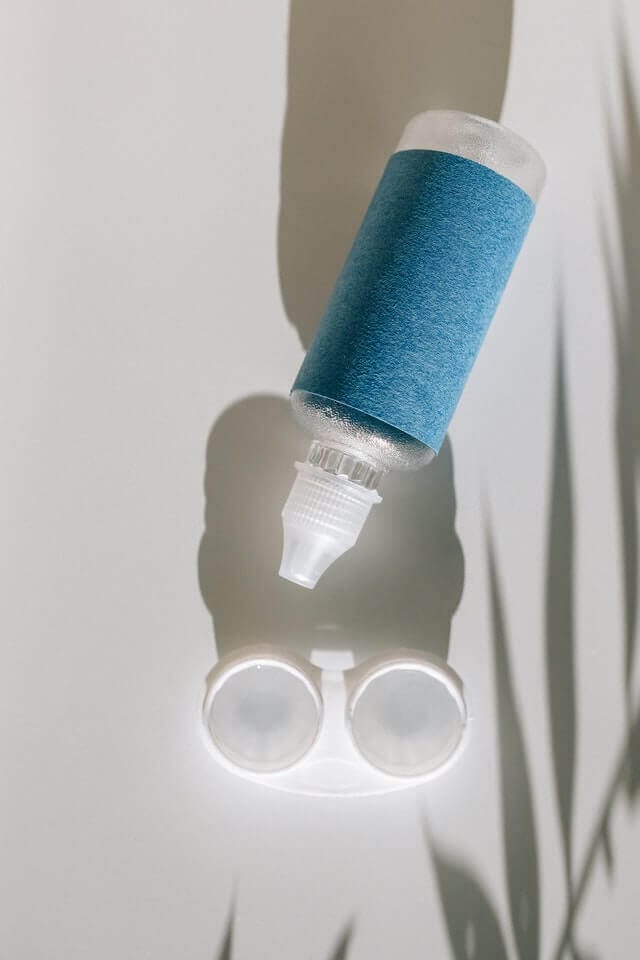Progressive lenses are a touch tricky to explain but let's just review the basics. We can think if a progressive lens as a trifocal, a lens with three different prescriptions, without a line. It's composed of a distance zone, intermediate or computer/office zone, and a reading zone. In-between these three zones are a steady gradation of increasing or decreasing powers, relative to direction, which aid in viewing from distance to near. As the eye "progresses" up and down the lens these little quarter steps between focal points keeps everything clear and in order for us.






















